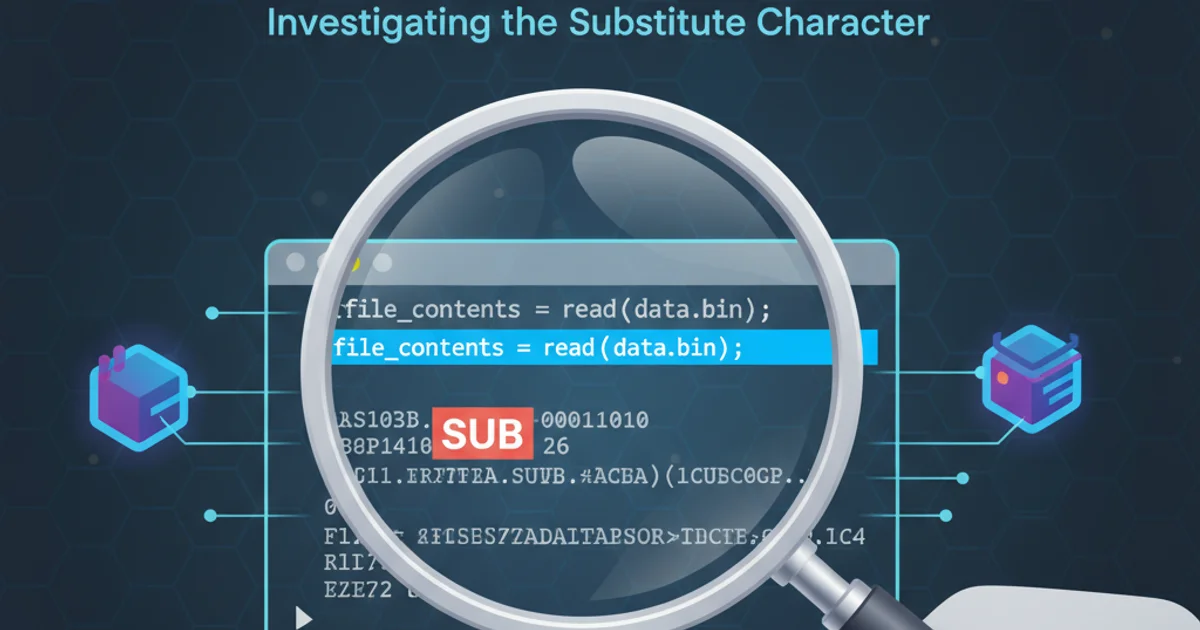How to create a simple http proxy in node.js?
Categories:
Build a Basic HTTP Proxy Server with Node.js

Learn how to create a simple HTTP proxy server using Node.js, enabling you to forward requests and responses between clients and target servers.
An HTTP proxy server acts as an intermediary for requests from clients seeking resources from other servers. It can be used for various purposes, such as logging, caching, security, or simply forwarding requests. This article will guide you through building a basic HTTP proxy server in Node.js, demonstrating how to handle incoming client requests and forward them to a target server.
Understanding the Proxy Mechanism
At its core, an HTTP proxy server receives an HTTP request from a client, processes it (or not), and then sends a new HTTP request to the intended target server. Once the target server responds, the proxy receives that response and forwards it back to the original client. This process involves handling HTTP headers, request bodies, and ensuring a seamless flow of data.
sequenceDiagram
participant Client
participant ProxyServer as Node.js Proxy
participant TargetServer
Client->>ProxyServer: HTTP Request (e.g., GET /data)
activate ProxyServer
ProxyServer->>TargetServer: Forwarded HTTP Request
activate TargetServer
TargetServer-->>ProxyServer: HTTP Response
deactivate TargetServer
ProxyServer-->>Client: Forwarded HTTP Response
deactivate ProxyServerSequence diagram illustrating the request/response flow through a Node.js proxy server.
Setting Up Your Node.js Proxy
To create our proxy, we'll use Node.js's built-in http module. The process involves creating an HTTP server that listens for incoming requests. When a request arrives, we'll parse its details (method, URL, headers, body) and then make a new request to the target server. Finally, we'll pipe the target server's response back to the client.
http-proxy (also known as node-http-proxy) which abstract away much of the complexity.const http = require('http');
const PORT = 8080;
const TARGET_HOST = 'jsonplaceholder.typicode.com'; // Example target API
const TARGET_PORT = 80;
const proxy = http.createServer((req, res) => {
console.log(`Proxying request: ${req.method} ${req.url}`);
const options = {
hostname: TARGET_HOST,
port: TARGET_PORT,
path: req.url,
method: req.method,
headers: {
...req.headers,
host: TARGET_HOST // Important: set host header to target host
}
};
const proxyReq = http.request(options, (proxyRes) => {
console.log(`Target responded with status: ${proxyRes.statusCode}`);
// Set proxy response headers to client response
for (const header in proxyRes.headers) {
res.setHeader(header, proxyRes.headers[header]);
}
res.writeHead(proxyRes.statusCode);
proxyRes.pipe(res, { end: true }); // Pipe target response to client
});
proxyReq.on('error', (err) => {
console.error('Proxy request error:', err);
res.writeHead(500, { 'Content-Type': 'text/plain' });
res.end('Proxy Error: Could not reach target server.');
});
req.pipe(proxyReq, { end: true }); // Pipe client request body to proxy request
});
proxy.listen(PORT, () => {
console.log(`Proxy server listening on port ${PORT}`);
console.log(`Forwarding requests to ${TARGET_HOST}:${TARGET_PORT}`);
});
Basic Node.js HTTP proxy server implementation.
Running and Testing Your Proxy
To test your proxy, you'll need to start the Node.js script and then configure your client (e.g., a web browser, curl, or a custom application) to use your proxy server. For curl, you can specify the proxy using the -x flag.
1. Save the code
Save the provided JavaScript code as proxy.js in a new directory.
2. Install dependencies (if any)
For this basic example, no external npm packages are required, as we're using Node.js's built-in http module.
3. Start the proxy server
Open your terminal or command prompt, navigate to the directory where you saved proxy.js, and run node proxy.js. You should see output indicating the proxy server is listening.
4. Test with curl
Open another terminal and execute a curl command, specifying your proxy. For example, to fetch data from jsonplaceholder.typicode.com/posts/1 through your proxy, you would use: curl -x http://localhost:8080 http://jsonplaceholder.typicode.com/posts/1.
5. Observe output
You should see the JSON response from jsonplaceholder.typicode.com in your curl terminal, and your proxy server's console will log the request and response status.